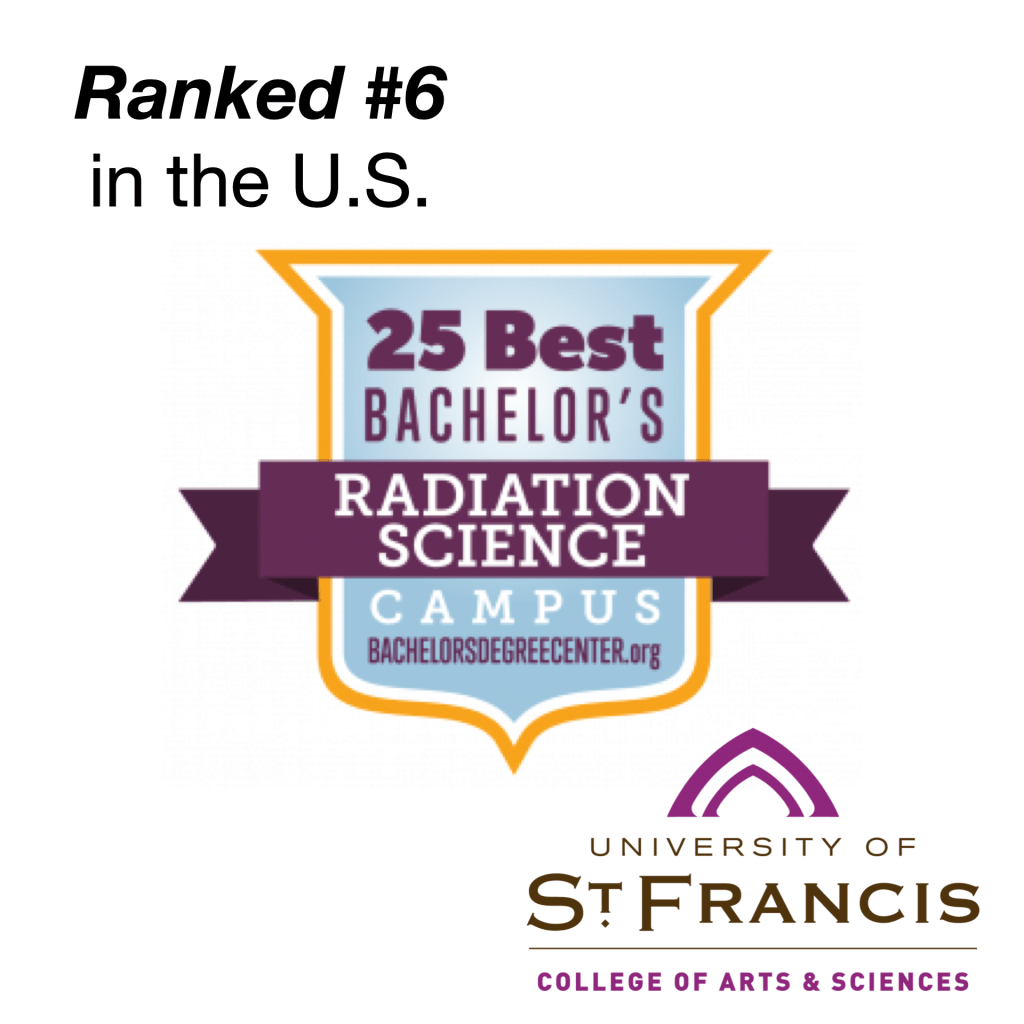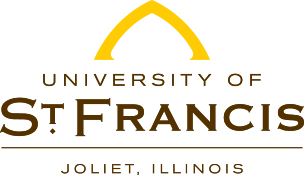Radiography is an allied health profession that employs X-radiation to produce images of the human body. The B.S. in Radiography at USF is a “2+2 program.” This means participating students will complete two years of liberal and pre-professional science education courses at USF before applying for admission to a professional program at Swedish American Health System in Rockford, Illinois or Northwestern Memorial Hospital in Chicago. (Admission to the professional education component is controlled by the sponsoring hospitals.)
The U.S. Bureau of Labor Statistics (BLS) reports that the median national annual wage for radiologic technologists, also known as radiographers, was $60,070 in 2017. According to the BLS, there will be a projected 13 percent rise in employment for radiographers by 2026, which is a faster-than-average growth rate compared to all occupations.
At the University of St. Francis, students benefit from small, intimate classes where they can work closely with professors. Most importantly, USF prepares students for successful careers in radiography and the allied health professions.
Accreditations
The University of St. Francis is accredited by the Higher Learning Commission (hlcommission.org), a regional accreditation agency recognized by the U.S. Department of Education.
Testimonial
“USF has given me an unforgettable experience. Faculty members have allowed me to grow both intellectually and as a person. Each professor has supported me and my goals, and was more than willing to help me achieve anything I set my mind to. I was pushed and motivated to learn, grow, and become a better person. This incredible support system has surrounded me with an incredible group of colleagues, mentors, and friends.”
–Autumn Lee

What Can You Do With This Degree?
Grow Through Real-World Experience
The professional phase of the radiography baccalaureate degree is divided into four phases, which cover a 21- to 24-month period of time. During each of the phases, both didactic and clinical experiences will cover a variety of topics which will help turn the student into a professional independent practitioner.
The curriculum plan may vary according to the specific affiliated institution, but upon successful completion, will lead to the graduate obtaining a baccalaureate degree as well as a certificate in radiography and the right to sit for the licensure examination. Additional information regarding specific affiliates and curriculum plans can be obtained by contacting academic advisors or admission counselors.


